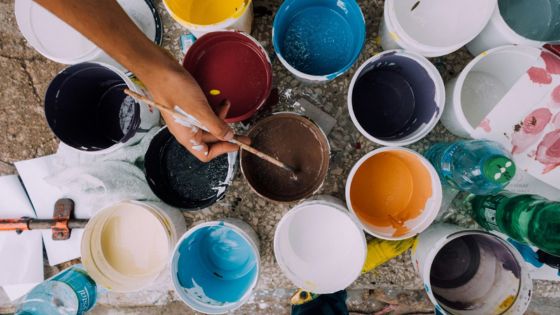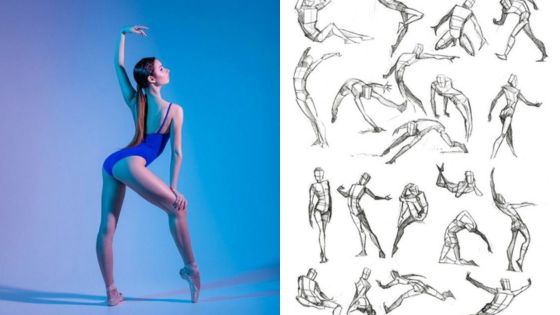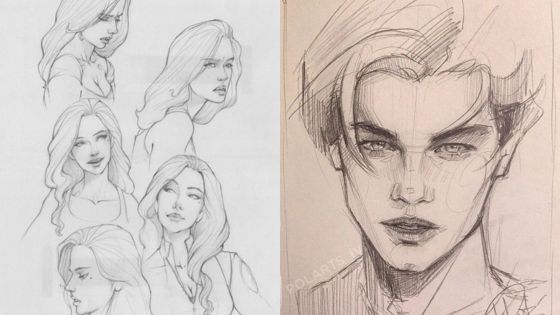Pastel drawing is a unique art form that involves using soft pastels to create a wide range of effects and textures. This medium has been used by artists for centuries and is known for its versatility and ability to create vibrant, expressive works of art. Whether you are a beginner or an experienced artist, pastel drawing offers endless possibilities for creativity and self-expression.
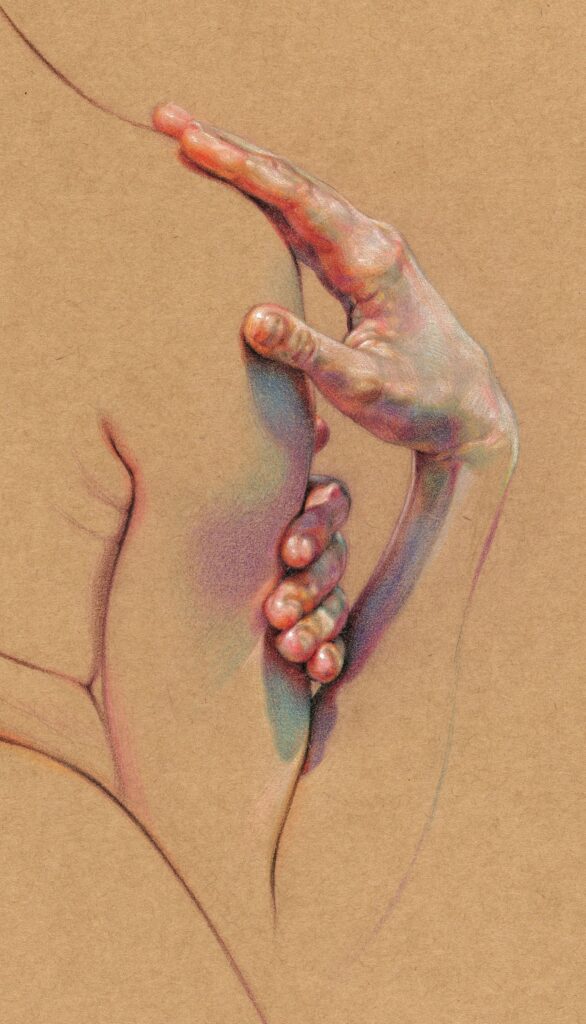
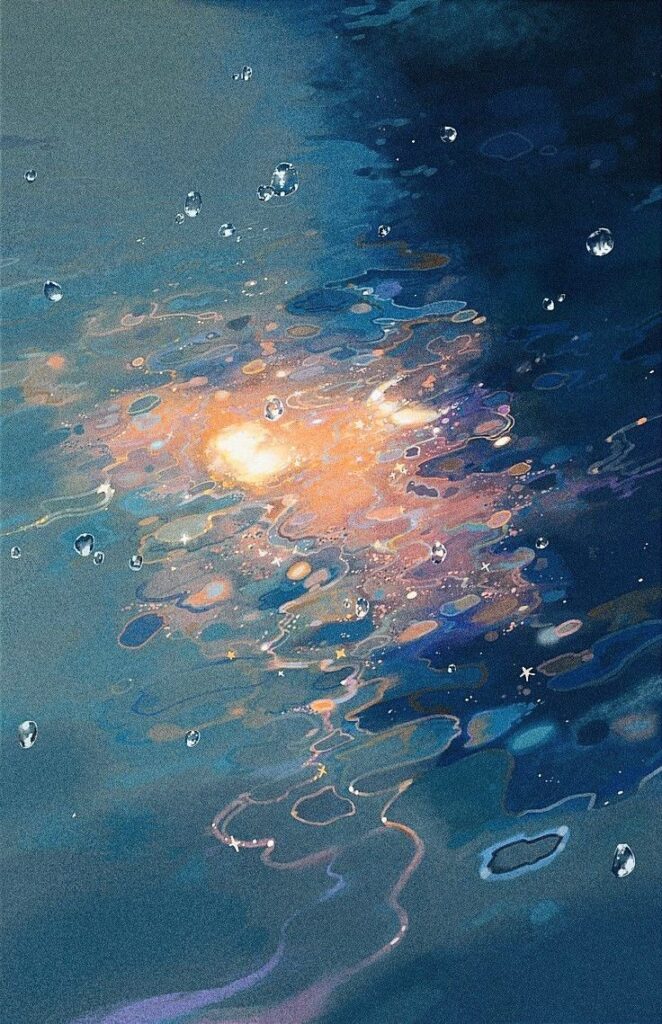
The history and evolution of pastel drawing is a fascinating subject that spans centuries and continents. From the earliest cave paintings to the works of the Impressionists and beyond, pastels have been used to create some of the most beautiful and iconic works of art in history. Today, pastel drawing continues to evolve and grow, with new techniques, materials, and styles emerging all the time.
Key Takeaways
- Pastel drawing is a versatile and expressive art form that has been used by artists for centuries.
- Understanding the history and evolution of pastel drawing can help artists appreciate the medium and its potential.
- With the right materials, techniques, and inspiration, anyone can create beautiful and unique works of art with pastels.
History and Evolution of Pastel Drawing
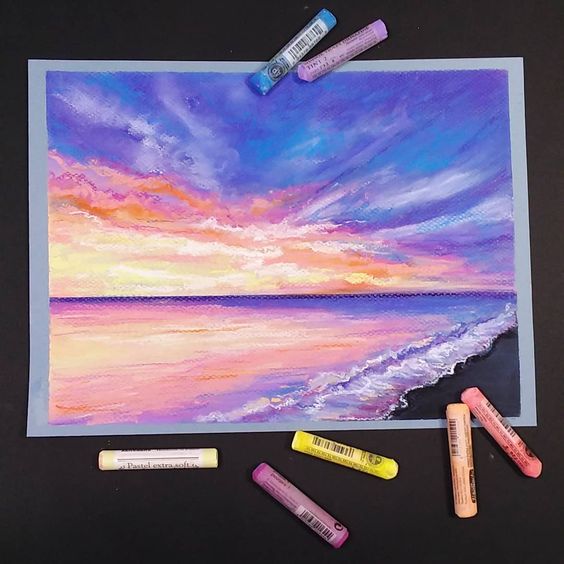
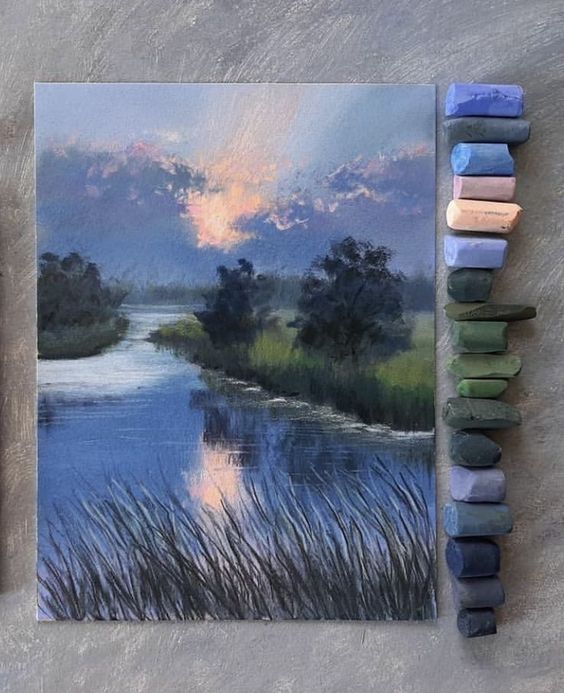
Early Origins and Masters
Pastel drawing has a long and rich history dating back to the 16th century when it was first used by Italian artists. The medium gained popularity in the 18th century when it was widely used by French artists, including Jean-Baptiste Perronneau and Maurice Quentin de La Tour.
During this time, pastel drawing was considered a valuable medium for portraiture and was used to create delicate, lifelike images. Its popularity continued to grow throughout the 19th century, and it was widely used by artists such as Edgar Degas and Mary Cassatt.
Modern Developments and Notable Artists
In the 20th century, pastel drawing continued to evolve, with artists experimenting with new techniques and styles. Notable artists who have used pastels in their work include Pablo Picasso, Henri Matisse, and Salvador Dali.
Today, pastel drawing remains a popular medium for artists around the world, with many contemporary artists using the medium to create vibrant and expressive works of art. Pastel exhibitions are held regularly, showcasing the versatility and beauty of this unique medium.
Overall, pastel drawing has a rich and varied history, and its evolution over the centuries has helped to shape the world of art as we know it today.
Understanding Pastels
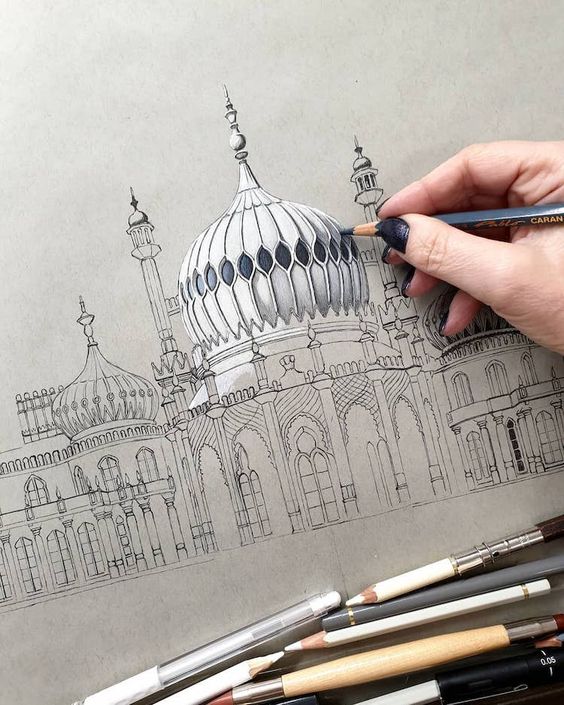
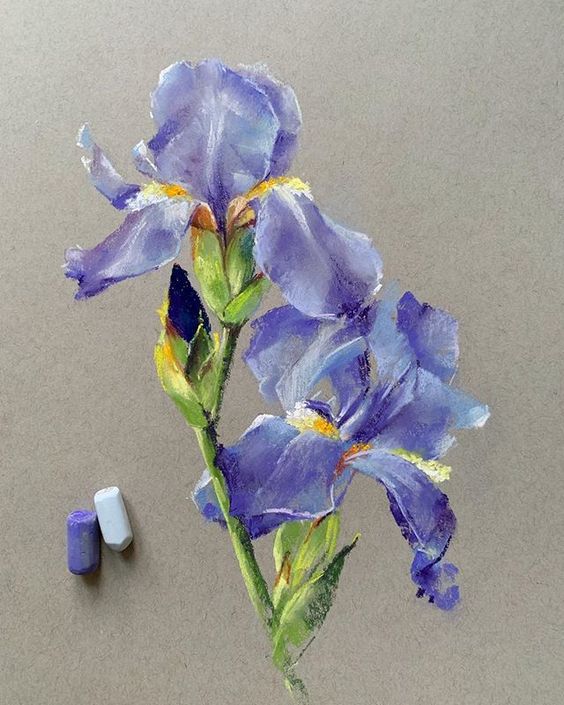
Types of Pastels
Pastels are a versatile medium that come in various forms. The two main categories of pastels are soft pastels and oil pastels. Soft pastels are made of pure pigment mixed with a binder, while oil pastels are made of pigment, wax, and oil.
Soft pastels are known for their vibrant colors and ability to blend easily. They can be used on a variety of surfaces such as paper, board, and canvas. Oil pastels, on the other hand, have a creamy texture and can be used on a wider range of surfaces including wood and metal.
Properties of Pastels
Pastels have unique properties that make them a popular choice for artists. They are known for their ability to create a range of effects such as blending, layering, and creating texture.
One of the key properties of pastels is their opacity. They can create a range of values, from light to dark, depending on the amount of pressure applied. Pastels also have a high pigment concentration, which allows for rich and vibrant colors.
Pastel Brands and Quality
There are several brands of pastels available in the market, each with their own unique qualities. Sennelier, Rembrandt, Terry Ludwig, Unison, and Schmincke are some of the most popular brands of pastels.
Sennelier pastels are known for their high pigment concentration and smooth texture. Rembrandt pastels are known for their durability and range of colors. Terry Ludwig pastels are known for their softness and ability to create fine details. Unison pastels are known for their consistency and vibrancy. Schmincke pastels are known for their lightfastness and range of colors.
The quality of pastels can vary depending on the brand and the type of pastel. Artist-grade pastels are made with high-quality pigments and binders, while student-grade pastels are made with lower-quality materials. It is important to choose pastels based on the artist’s needs and preferences.
In conclusion, pastels are a versatile medium with unique properties that make them a popular choice for artists. Understanding the different types of pastels, their properties, and the various brands available can help artists choose the right pastels for their artwork.
Materials and Supplies
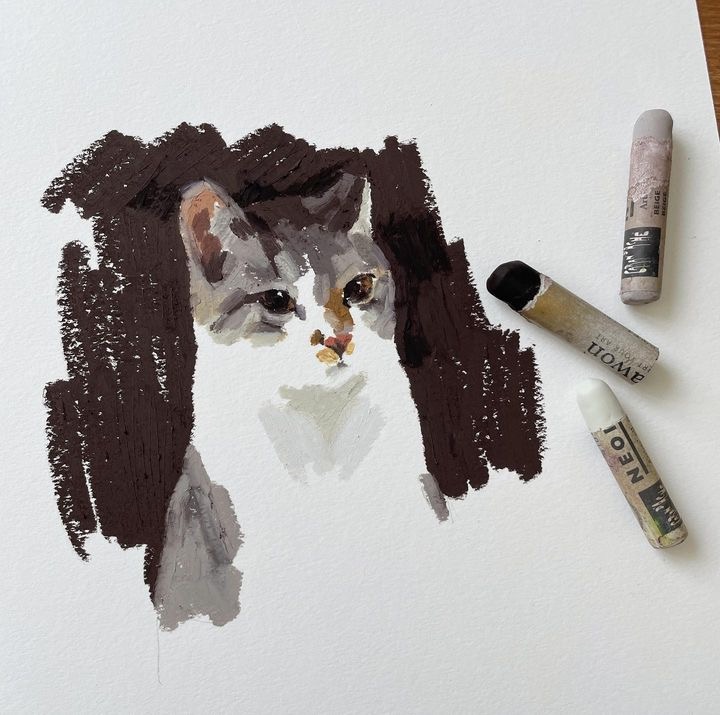
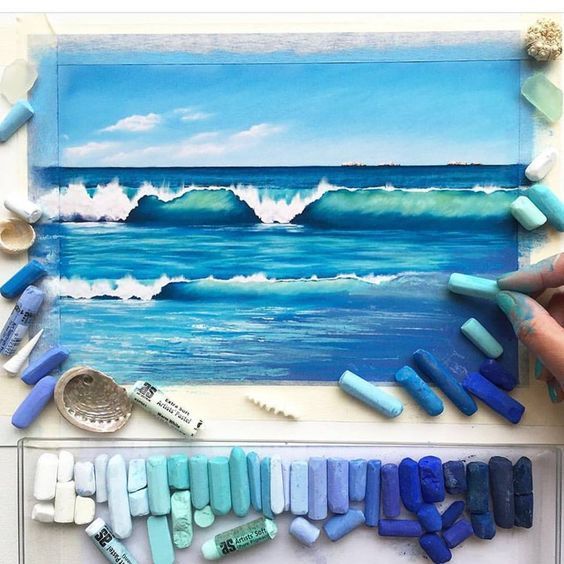
Choosing the Right Paper
When it comes to pastel drawing, choosing the right paper is crucial. The paper’s texture can greatly affect the final result of the artwork. Pastel artists usually prefer to work on a paper with a toothy surface that can hold the pastel pigment. Some popular options include Pastelmat, Art Spectrum, and Mi-Teintes. These papers come in different colors and weights, allowing the artist to choose the best option for their artwork.
Essential Pastel Tools
Aside from the paper, there are several essential pastel tools that every artist should have. Pastel pencils are useful for creating fine details and lines, while blending tools such as tortillons and blending stumps can help create smooth transitions between colors. Soft-bristled brushes are also useful for blending and creating texture.
Additional Accessories
In addition to the essential tools, there are several accessories that can enhance the pastel drawing experience. An easel can provide a comfortable working angle, while fixative can be used to protect the artwork from smudging. Sofft tools, which are foam applicators, can be used to apply pastel pigment in a controlled manner.
Overall, choosing the right materials and supplies is essential for creating a successful pastel drawing. By selecting the right paper, tools, and accessories, an artist can create a beautiful and unique artwork.
Pastel Drawing Techniques
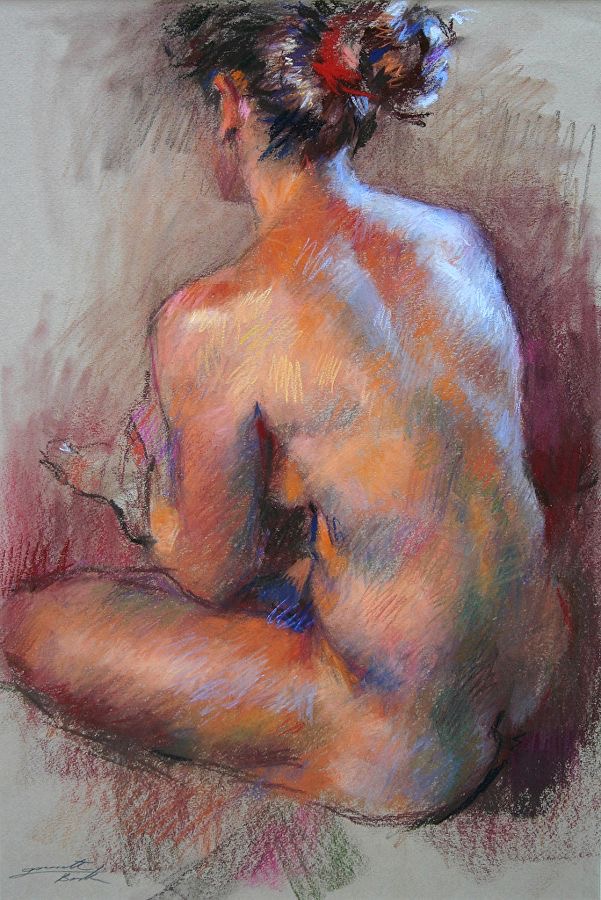
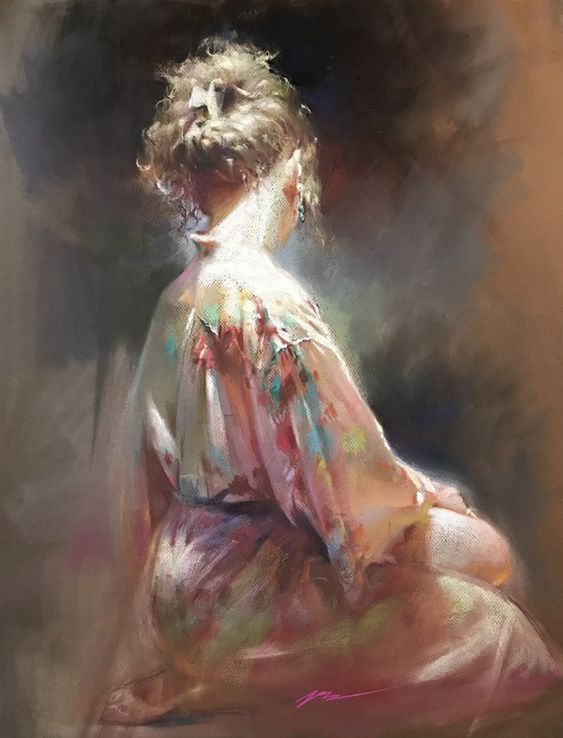
Layering and Blending
Layering and blending are two essential techniques in pastel drawing. Layering involves applying multiple layers of pastel on top of each other to create depth and richness in the artwork. Blending is the process of smoothing out the pastel colors to create a seamless transition between the layers.
To layer effectively, the artist should start with a light layer of pastel and gradually build up the intensity of the colors. Blending can be achieved by using fingers, blending stumps, or soft brushes. It is important to blend gently to avoid smudging or creating a muddy effect.
Creating Texture and Effects
Pastel drawing offers a wide range of possibilities for creating texture and effects. Hatching, smudging, scumbling, and cross-hatching are some of the techniques that can be used to create different textures and effects.
Hatching involves creating parallel lines of pastel to build up texture, while smudging involves using fingers or blending tools to create a soft, velvety effect. Scumbling involves applying pastel in a circular motion to create a grainy effect, while cross-hatching involves overlapping lines of pastel in different directions.
Controlling Intensity and Tonal Value
Controlling the intensity and tonal value of the pastel colors is crucial in creating a successful pastel artwork. Dusting and the side stroke technique are two methods that can be used to control the intensity and tonal value.
Dusting involves lightly dusting the pastel with a soft brush to create a subtle effect, while the side stroke technique involves using the side of the pastel stick to create a softer, more muted effect. It is important to experiment with different techniques to achieve the desired effect and create a unique artwork.
Step-by-Step Pastel Drawing Tutorial
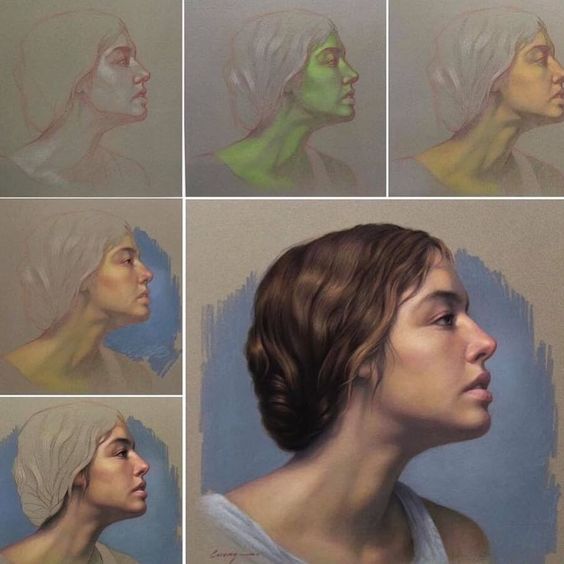
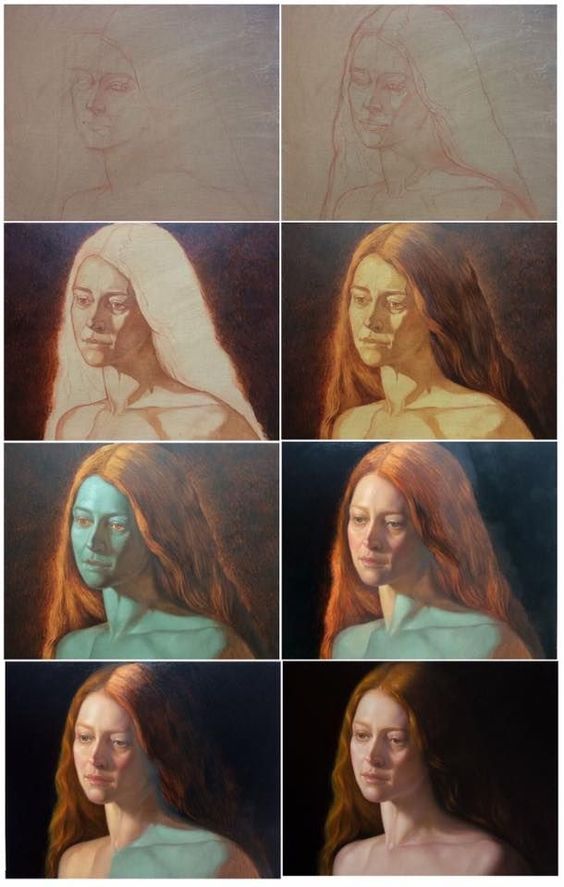
Getting Started for Beginners
Pastel drawing is a beautiful medium that can create stunning works of art. If you’re new to pastel drawing, here are a few steps to get you started:
Choose your pastels: There are two types of pastels – soft and hard. Soft pastels are easier to blend and are great for beginners. Hard pastels are more difficult to blend but are great for adding details. It’s recommended to start with a set of soft pastels.
Choose your paper: Pastels work best on a rough surface. You can choose between pastel paper, sandpaper, or watercolor paper. It’s recommended to start with pastel paper.
Prepare your workspace: Cover your workspace with a cloth or newspaper to prevent any mess. Keep a box of tissues nearby to clean your hands and pastels.
Sketch your drawing: Use a pencil to sketch your drawing lightly. This will act as a guide for your pastel drawing.
Apply the pastel: Start with the lightest colors and gradually build up the layers. Blend the colors using your fingers or a blending tool. Remember to work from light to dark.
Advanced Techniques and Tips
Once you’ve mastered the basics, you can move on to advanced techniques and tips to take your pastel drawing to the next level:
Experiment with different papers: Try different types of paper to see which one works best for your style. You can also experiment with different textures and colors.
Layering: Layering is an important technique in pastel drawing. Layering different colors can create a rich and vibrant effect.
Blending: Blending is important to create a smooth transition between colors. You can use your fingers, a blending tool, or a brush to blend the colors.
Fixatives: Fixatives are used to preserve your pastel drawing. It’s recommended to use a workable fixative between layers and a final fixative once your drawing is complete.
Practice: Practice is key to improving your pastel drawing skills. Draw regularly and experiment with different techniques to find your own style.
By following these steps and tips, you can create beautiful pastel drawings that showcase your creativity and skills.
Finishing and Protecting Your Work
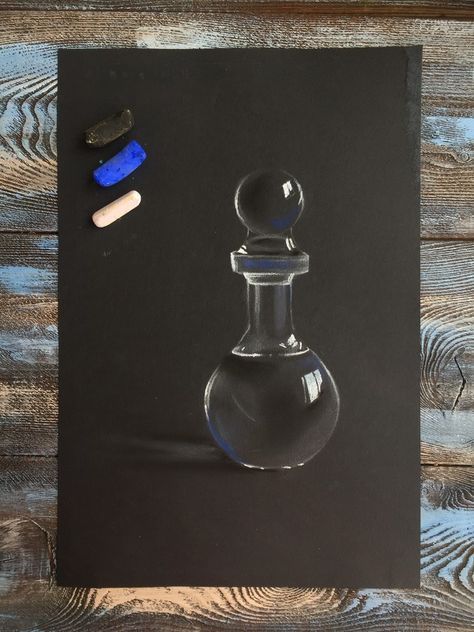
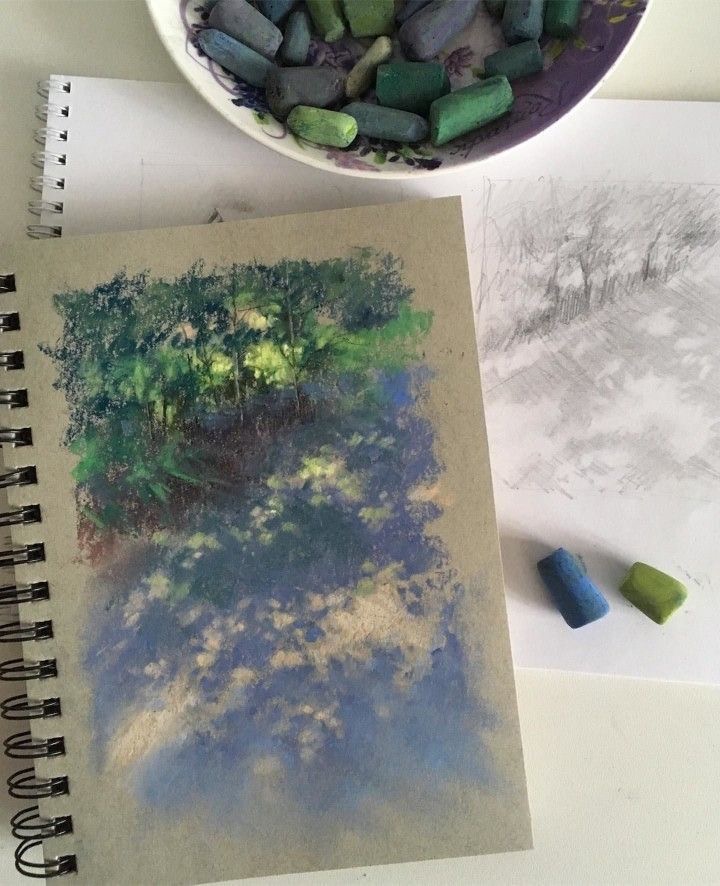
Using Fixatives
Once the pastel drawing is complete, it is important to protect it from smudging or rubbing. Fixatives are used to spray on the surface of the drawing to help set the pastel and prevent smudging. There are two types of fixatives available: workable and final.
Workable fixatives allow the artist to continue working on the drawing after it has been sprayed. These fixatives are used to create a base layer on the paper and allow the artist to add more layers of pastel on top. Final fixatives, on the other hand, are used to protect the finished drawing and prevent smudging. They should be used sparingly, as they can darken the colors of the pastel.
When using fixative spray, it is important to follow the manufacturer’s instructions carefully. The artist should spray the fixative in a well-ventilated area, and avoid spraying too much or too close to the paper, as this can cause the pastel to run or pool.
Framing and Display
Once the pastel drawing is complete and protected with fixative, it can be framed and displayed. When framing a pastel drawing, it is important to use acid-free matting and UV-protective glass to prevent damage from sunlight and moisture.
The artist should also consider the size and weight of the frame, as well as the hanging hardware. A heavy frame can damage the drawing over time, and improper hanging can cause the frame to fall and break.
When displaying the pastel drawing, it is important to avoid direct sunlight and moisture, as these can cause fading and damage to the drawing. The artist should also avoid touching the drawing with bare hands, as the oils from the skin can damage the pastel.
Overall, finishing and protecting a pastel drawing is an important step in preserving the artwork for years to come. By using fixatives and framing the drawing properly, the artist can ensure that their work will last for generations to come.
Health and Safety Considerations
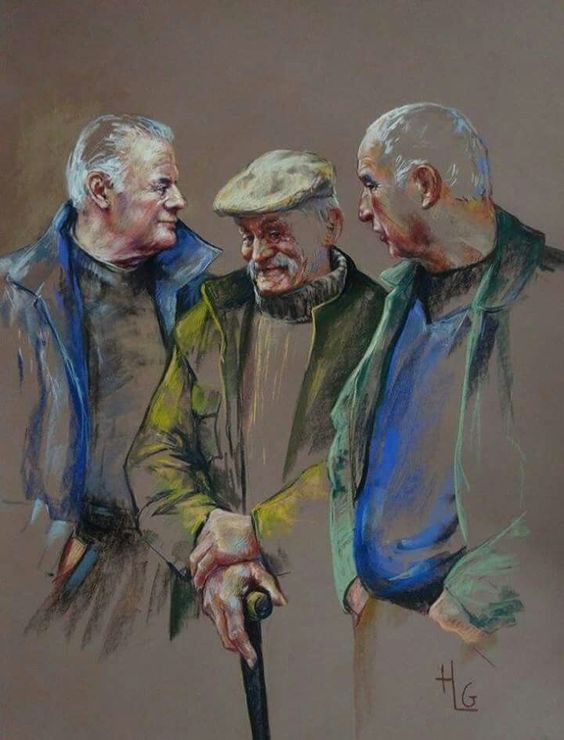
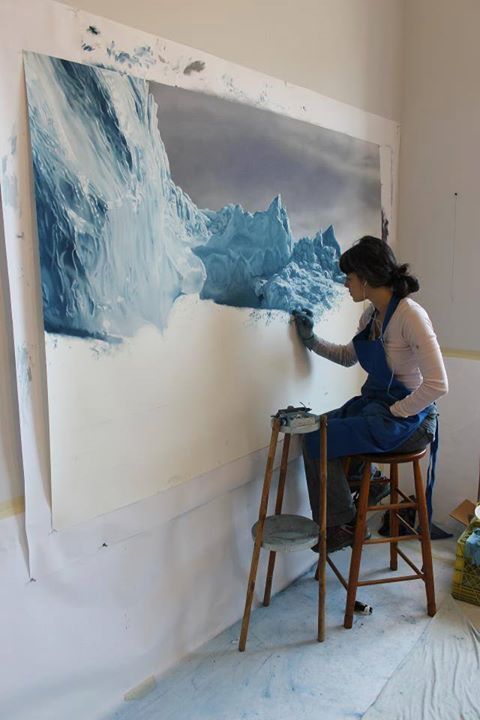
Working with Non-Toxic Materials
When working with pastel drawing, it is important to use non-toxic materials whenever possible. This will help to minimize the risk of exposure to harmful chemicals and fumes. Many pastel drawing materials are non-toxic, but it is important to read labels carefully and choose products that are marked as such.
One option for non-toxic pastel drawing is to use pastel pencils, which are made from a wax binder and do not produce as much dust as traditional pastels. Another option is to use pastel sticks that are made from natural ingredients such as clay and pigment.
Maintaining a Clean Workspace
Maintaining a clean workspace is essential when working with pastel drawing materials. Pastel dust can be messy and can easily spread throughout the workspace, creating a potential hazard.
To minimize the risk of exposure to pastel dust, it is recommended to work in a well-ventilated area and to use a dust mask or respirator. It is also important to regularly clean the workspace, including surfaces and tools, to prevent the buildup of dust.
When cleaning up, it is important to avoid using a vacuum cleaner or other equipment that could spread the dust further. Instead, use a damp cloth or sponge to wipe down surfaces and tools.
Overall, by following these health and safety considerations, artists can enjoy the creative process of pastel drawing while minimizing potential risks to their health and safety.
Exploring Artistic Styles with Pastels
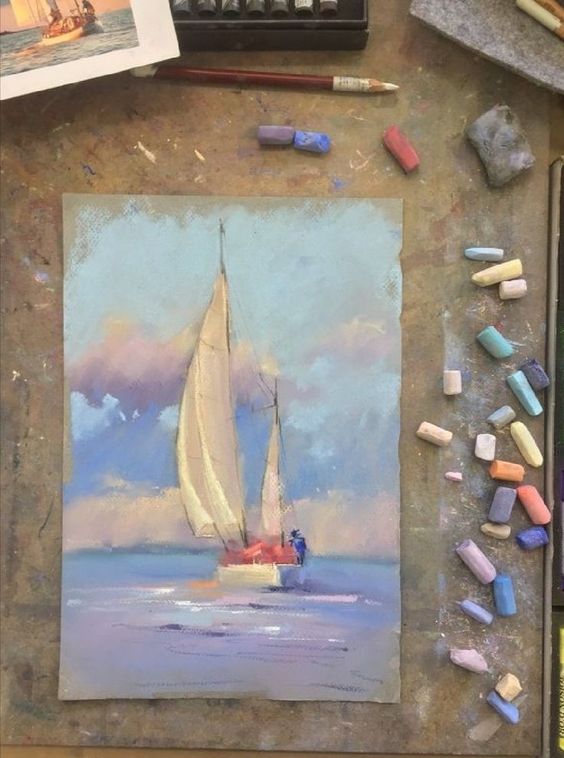
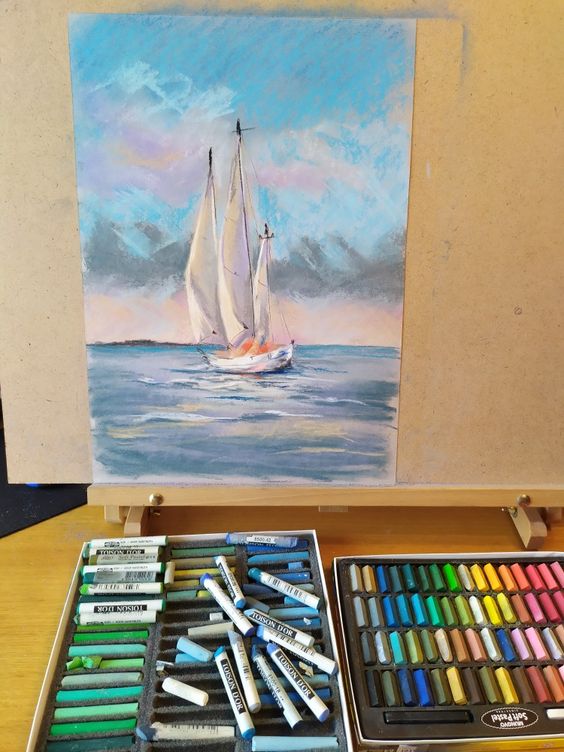
Portraits and Landscapes
Soft pastel drawing is a popular medium for artists who want to create expressive and vibrant colors in their artwork. Portraits and landscapes are two genres that are particularly well-suited to pastel drawings.
When creating a pastel portrait, artists can use the medium to capture the subtle nuances of the human face, from the texture of the skin to the sparkle in the eyes. Pastel paintings of landscapes, on the other hand, can convey the beauty and drama of the natural world, with the soft, blendable colors of the pastels lending themselves well to the creation of atmospheric effects.
Abstract and Contemporary Art
Pastel drawings are not limited to representational art, however. They can also be used to create abstract and contemporary works that showcase the medium’s versatility and expressiveness.
In abstract pastel drawings, artists can use the medium to create bold, graphic shapes and lines, or to layer colors to create complex, textured surfaces. Contemporary artists, meanwhile, may use pastels in combination with other media, such as paint or collage, to create mixed media works that push the boundaries of what is possible with the medium.
Overall, pastel drawing is a versatile and expressive medium that can be used to create a wide range of artistic styles. Whether an artist is creating a soft pastel drawing of a portrait or a bold, abstract composition, the medium’s vibrant colors and blendable texture make it a popular choice for artists seeking to explore their creativity and push the boundaries of their craft.
The Business of Pastel Art

Selling and Marketing Your Artwork
Selling and marketing your pastel artwork can be a challenging task, but it is an essential part of running a successful business. One of the most important aspects of selling your artwork is determining the right price for your pieces. The price of your artwork should reflect the quality of your work, your experience, and the current market trends. It is important to do your research and compare your prices to other artists in your area or online.
Another important aspect of selling your artwork is marketing. You can market your artwork in various ways, such as creating a website, using social media platforms, attending art fairs, and reaching out to local galleries. It is important to create a brand image that reflects your style and personality as an artist. This will help you stand out in a crowded market and attract potential buyers.
Participating in Exhibitions and Competitions
Participating in exhibitions and competitions is a great way to gain exposure for your artwork and network with other artists and art professionals. Exhibitions can be local, national, or international, and they can be juried or non-juried. Juried exhibitions are competitive and require artists to submit their artwork for review by a panel of judges. Non-juried exhibitions are less competitive and usually require artists to pay a fee to participate.
Competitions are another way to gain exposure for your artwork and potentially win prizes or recognition. There are various competitions available for pastel artists, such as the Pastel Society of America’s Annual Exhibition and the International Association of Pastel Societies’ Biennial Exhibition.
When participating in exhibitions and competitions, it is important to carefully read the rules and guidelines and follow them closely. It is also important to prepare your artwork properly and present it in the best possible light. This includes framing, matting, and labeling your artwork according to the exhibition or competition guidelines.
In conclusion, selling and marketing your pastel artwork and participating in exhibitions and competitions are important aspects of running a successful pastel art business. By determining the right price for your artwork, creating a brand image, and participating in exhibitions and competitions, you can gain exposure for your artwork and attract potential buyers.
Color Theory and Composition
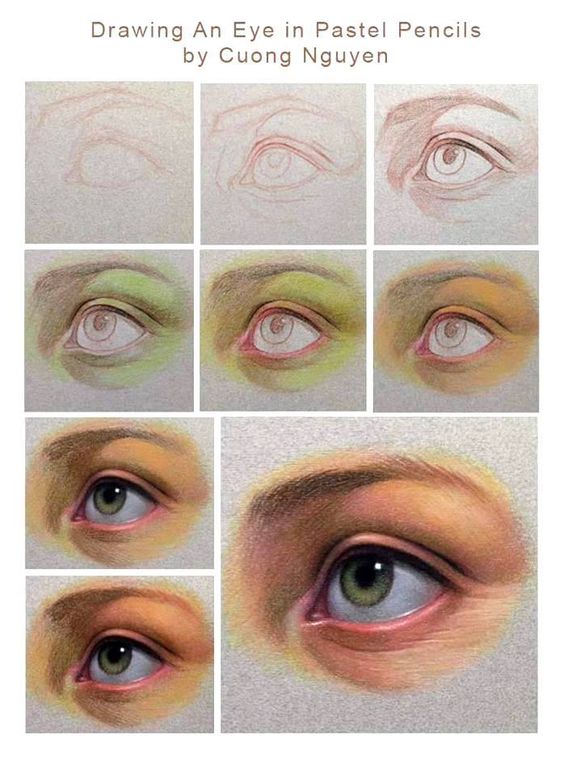
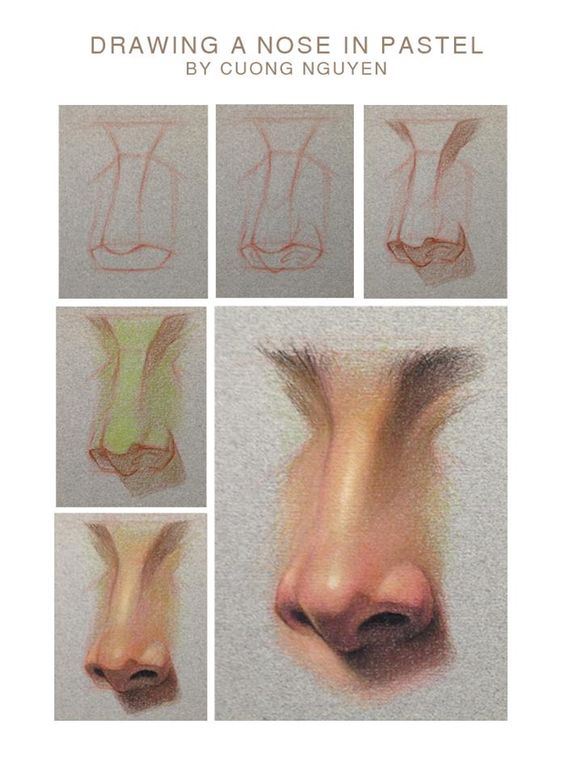
Understanding Color Mixing
Pastel drawing is all about color, and understanding color theory is crucial for creating vibrant and harmonious artwork. Pigment is the foundation of color, and each pastel stick is made up of a combination of pigments. When using pastels, it’s important to keep in mind that the colors will darken as they are layered.
Color mixing is a vital aspect of pastel drawing, and intense color can be achieved by layering complementary colors. For example, layering yellow over purple will create a vibrant and intense color. Additionally, blending colors together can create a smooth transition between shades.
Composing Your Artwork
Composition is key in creating a successful pastel drawing. When composing your artwork, consider the placement and arrangement of objects within the piece. The use of negative space can also be effective in creating balance and interest.
When choosing colors for your artwork, consider the mood and emotion you want to convey. Warm colors such as red, orange, and yellow can create a sense of energy and excitement, while cool colors such as blue, green, and purple can create a sense of calmness and tranquility.
In summary, understanding color theory and composition is essential for creating vibrant and harmonious pastel artwork. By experimenting with color mixing and thoughtful composition, artists can create stunning and unique pieces that showcase their creativity and skill.
Innovations and Trends in Pastel Art

Digital Influence on Traditional Mediums
Pastel drawing has been a popular medium for centuries, and with the advent of digital technology, artists have been able to incorporate new techniques and tools into their pastel art. The use of digital tools has allowed artists to experiment with new textures, colors, and effects, resulting in a new wave of pastel art that combines traditional techniques with modern technology.
One of the most significant digital influences on pastel art is the ability to create digital sketches and mock-ups. This has revolutionized the way artists work, allowing them to experiment with different compositions and color schemes before committing to a final piece. Digital tools have also made it easier to create precise outlines and details, which can be transferred to the final piece using traditional pastel techniques.
Emerging Pastel Artists to Watch
The world of pastel art is constantly evolving, and there are many emerging artists who are pushing the boundaries of the medium. These artists are using pastels in new and innovative ways, creating work that is both beautiful and thought-provoking.
One such artist is Jane Doe, who is known for her use of vibrant colors and bold, expressive strokes. Doe’s work is a testament to the versatility of pastel, as she is able to create both delicate, intricate pieces and large, expressive works. Another emerging artist to watch is John Smith, who is known for his use of unconventional materials in his pastel art. Smith often incorporates found objects, such as leaves and twigs, into his work, creating pieces that are both tactile and visually stunning.
Overall, pastel drawing remains a versatile medium that offers artists a wide range of creative possibilities. Whether working with traditional techniques or incorporating digital tools, pastel artists continue to push the boundaries of the medium, creating work that is both beautiful and innovative.
- 421shares
- Facebook0
- Pinterest418
- Twitter3
- Reddit0
